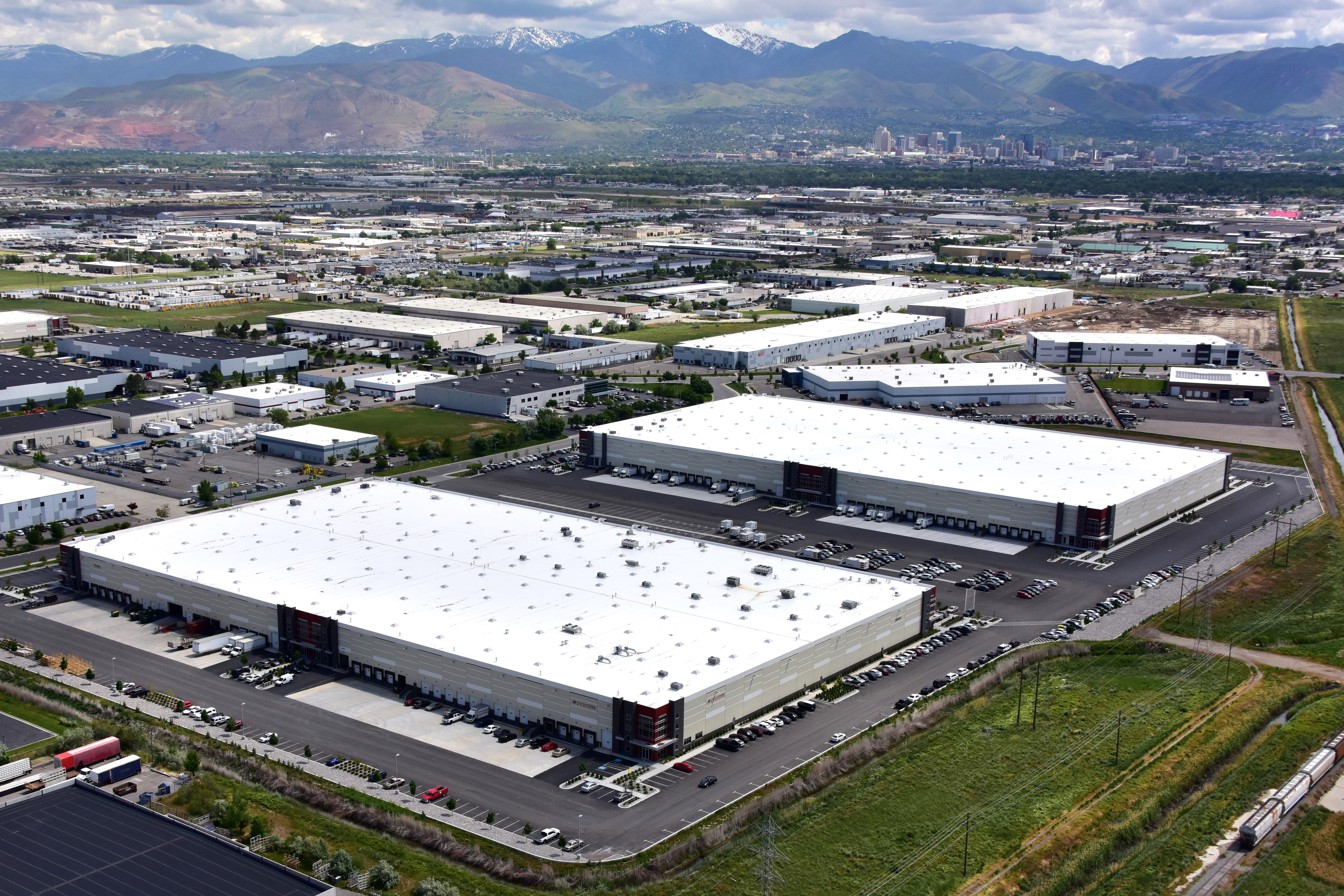Sterile Systems: And Now You Know the Rest of the Story

January 12, 2021
When Cytiva (Project Ios) announced an expansion December 10, it prompted memories for EDCUtah’s Alan Rindlisbacher. Here are his reminiscences of working at Sterile Systems, which was a pregenitor of the Cytiva family of companies.
Incorporated in June 1975, Sterile Systems, Inc. was the vision of Dr. Rex Spendlove, professor and department head of bacteriology and public health at Utah State University. He started research and development of products on campus in 1970, incorporated in 1975, and left the university in 1981 to devote more time to the growing company. His vision was to discover a better way to produce serum in which to grow cells for research. Ultimately Sterile Systems became part of HyClone Laboratories, then GE Healthcare, then Cytiva.
The company’s first physical location was a nondescript office and industrial park on Second North on the west side of Logan. The facility had a small reception area at the entrance of the space. The office workers and sales team sat at desks in an open two-bay shop area heated by a natural gas heater mounted in the high corner of the space. It was imperative to keep papers on the desk weighted, for when the heater fired up and started to blow, anything unsecured was due for displacement. Winters were especially brutal in Cache Valley, Utah. The only thing separating office workers from the outside chill was Visqueen plastic sheeting on the roll-up dock doors, to somewhat break the wind blowing through the doors.
The premiere product, key to the company’s founding and success, was Fetal Bovine Serum. Produced from the blood of unborn fetal calves, the blood was secured from beef packing primarily from slaughterhouses in Montana, Nebraska and Utah. Upon slaughter, if cows were pregnant, the blood from the unborn fetal calves was extracted, centrifuged, frozen and shipped to Logan for processing. Centrifuge equipment separated the plasma (apple juice colored fluid) from the platelets. The frozen plasma was shipped in insulated boxes, cooled with dry ice (-109 degrees F). In Logan, as part of the processing process, clotting factors in the blood plasma were removed, resulting in the sought-after blood serum.
Fetal Bovine Serum was known as be best growth medium because it contains sparse amounts of gamma globulin, has higher levels of growth factors, and fewer complement proteins than both calf and adult bovine serum. It is ideal for propagating cell growth while also decreasing the possibility of mammalian cells binding or lysing in the culture (source: ThermoFisher Scientific). In 1980, a 500 ml bottle of Fetal Bovine Serum sold for $75. Today, retail list price is about $450.
When an adequate inventory of serum supply was stored, filtration day was scheduled. All hands were on deck. The filtration process required more than the dozen full and part time workers in the company, so others, typically family members and friends were called as temporary workers. My wife Tammy answered the call of duty, as did my youngest teenage brother. All equipment was sterilized in the onsite autoclave. Serum was thawed, piped into the sterile cleanroom where gowned and masked workers would fill 500 ml bottles with the serum which had been purified through a membrane microfiltration system. The sterile Fetal Bovine Serum was frozen and stored, awaiting sale and shipment. Cardboard boxes, Styrofoam insulation and dry ice were essential elements in shipping. Shipping and receiving manager Dennis Brown made regular trips to Salt Lake City for FedEx shipping, which was not yet available in Logan.
In the summer months, the biological product drew flies. As noted previously, in the winter we fought the cold. In the summer, we battled flies. Each of us in the office acquired a pile of rubber bands on our desks. We became more than accurate marksmen plucking flies off the walls, desks and filing cabinets of our surrounds!
I was hired by Alan Spendlove, general manager of the company and son of founder Dr. Rex Spendlove. I was acquainted with Alan because he lived in my small hometown of Amalga, and married to Sandy Hansen, a childhood acquaintance and friend. I worked mainly in accounting, handling accounts receivable and payable. As a small business, the job included many other duties, as assigned. Once, at the closure of a contract with a slaughterhouse in Billings, Montana, I flew to Billings, rented a U-Haul truck, loaded centrifuge equipment, and drove it back to Logan. On another occasion, the company rented additional space from a local cold storage company, and we spent several days in 0 degree temperatures doing carpentry work to build new shelving for the FBS inventory. I also helped set up and use what was a forerunner to a desktop computer. It was more than unreliable. The biggest issue was static electricity, which would short the computer, requiring downtime and repair. The system came with an anti-static mat, and an anti-static wristband, to ground the user to prevent the shock damage to the hardware. Data was stored on cassette tapes, as I recall.
As the company grew, the less than adequate physical facilities did not represent the image nor the space requirements of the company. Alan Spendlove asked me to put together the finances of the company, to apply for an SBA Construction Loan. Using 14 column paper spreadsheets, I completed the company balance sheets and pro forma financials, with my trusty #2 pencil. I also used my college accounting textbooks to guide me through proper generation of the financials. By the way, I was a sophomore business student at Utah State University, working part time at Sterile Systems. I skipped a day of school, packed up my paper spreadsheets, and Alan and I drove to Salt Lake City to meet with Grant Misbach, SBA loan officer at Zions Bank, to present our case for the SBA Construction Loan. We succeeded. The $250,000 loan was used to construct the main office and production facility on south Main Street in Logan, of the now renamed HyClone Laboratories, the beginning of what today is the sprawling campus of Cytiva.
Alan Spendlove, Bill Bickmore, Greg Hanson, Dennis Brown, Nancy Anderson, Lynn Pace, Jane Wipf, Debbie Brown, Marilyn Hansen: a few of the names of my trusted friends and co-workers of that two-year part-time worker, full-time student chapter of my life. Bryan Webb, formerly of Layton Construction and now at Cache Valley Electric, also spent time at HyClone as his first post-college career opportunity.






